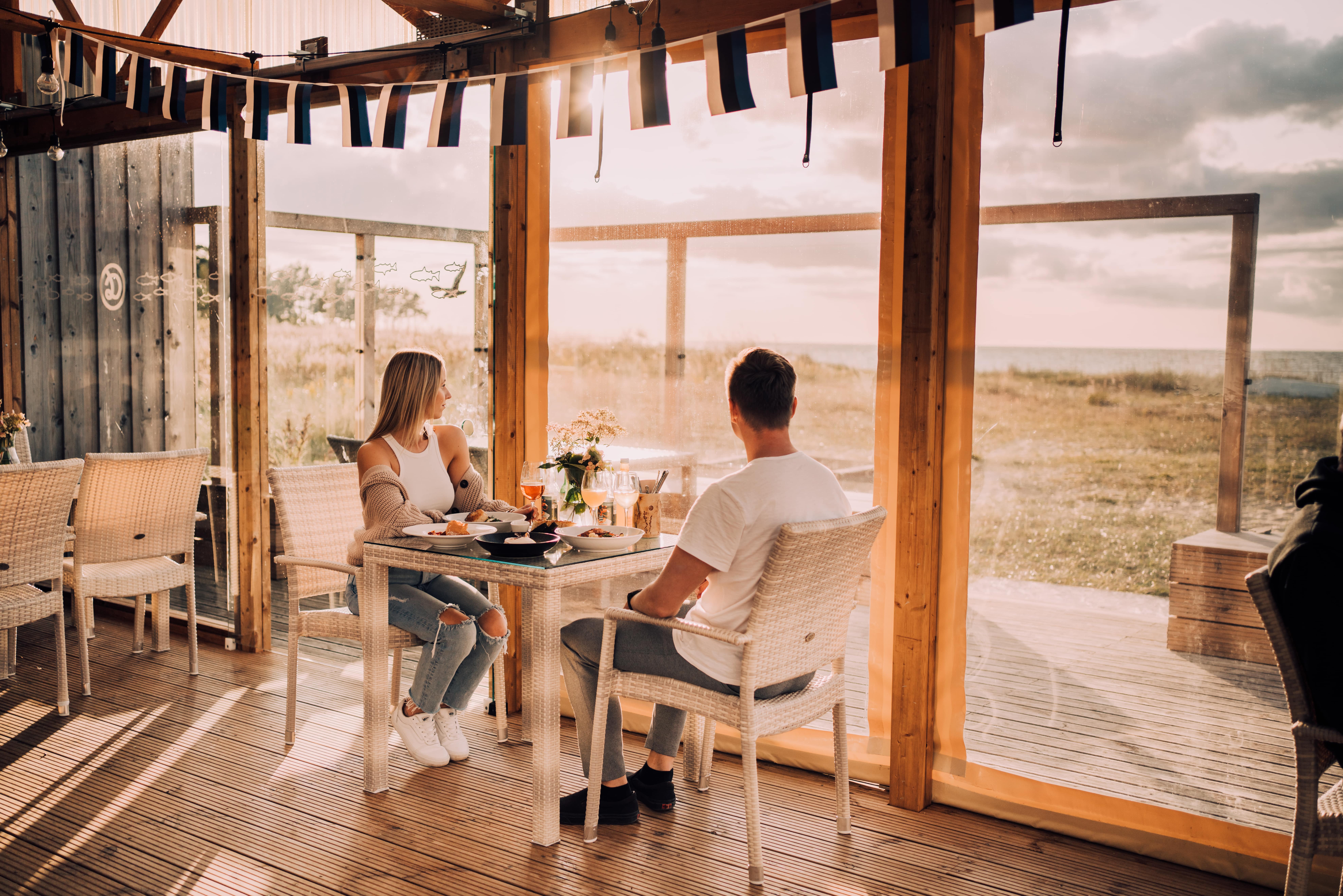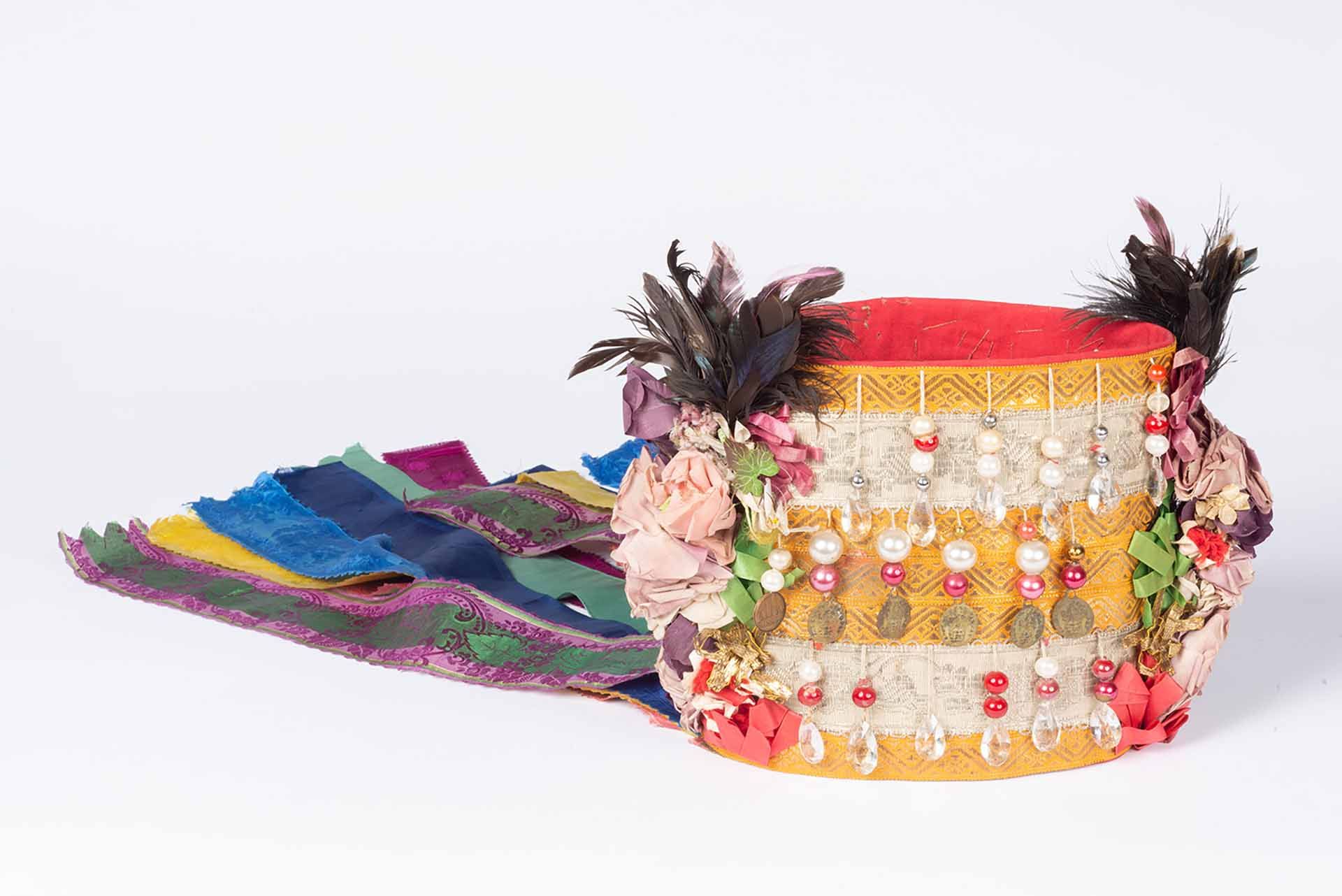
The Coastal Swedes of Western Estonia
Before World War II, Swedish was often heard on the west coast, and Swedish place names are a testament to their 700-year-old history in Estonia.
Who are the Coastal Swedes?
Coastal Swedes are one of Estonia's regional cultures. It is not clear when the Swedes first arrived in Estonia’s coastal areas, but we do know they were here over 700 years ago. They lived primarily on Ruhnu, Vormsi, Osmussaar, the Pakri Islands, and in Noarootsi Parish, around Haapsalu. When you visit Estonia, you can still see their influence around Western Estonia, especially in place names.
Haapsalu town law mentions a Swedish community as early as 1294.
The newest theory, however, suggests that they may have immigrated from Öland, Sweden's second-largest island, to Vormsi at the beginning of the 13th century. One thing is certain: the arrival of Swedes to the coast and islands of Estonia was arranged by high officials, and they lived under the "Swedish Law." Under that law, the Swedes were free individuals and had more rights than Estonians, who still lived as serfs.
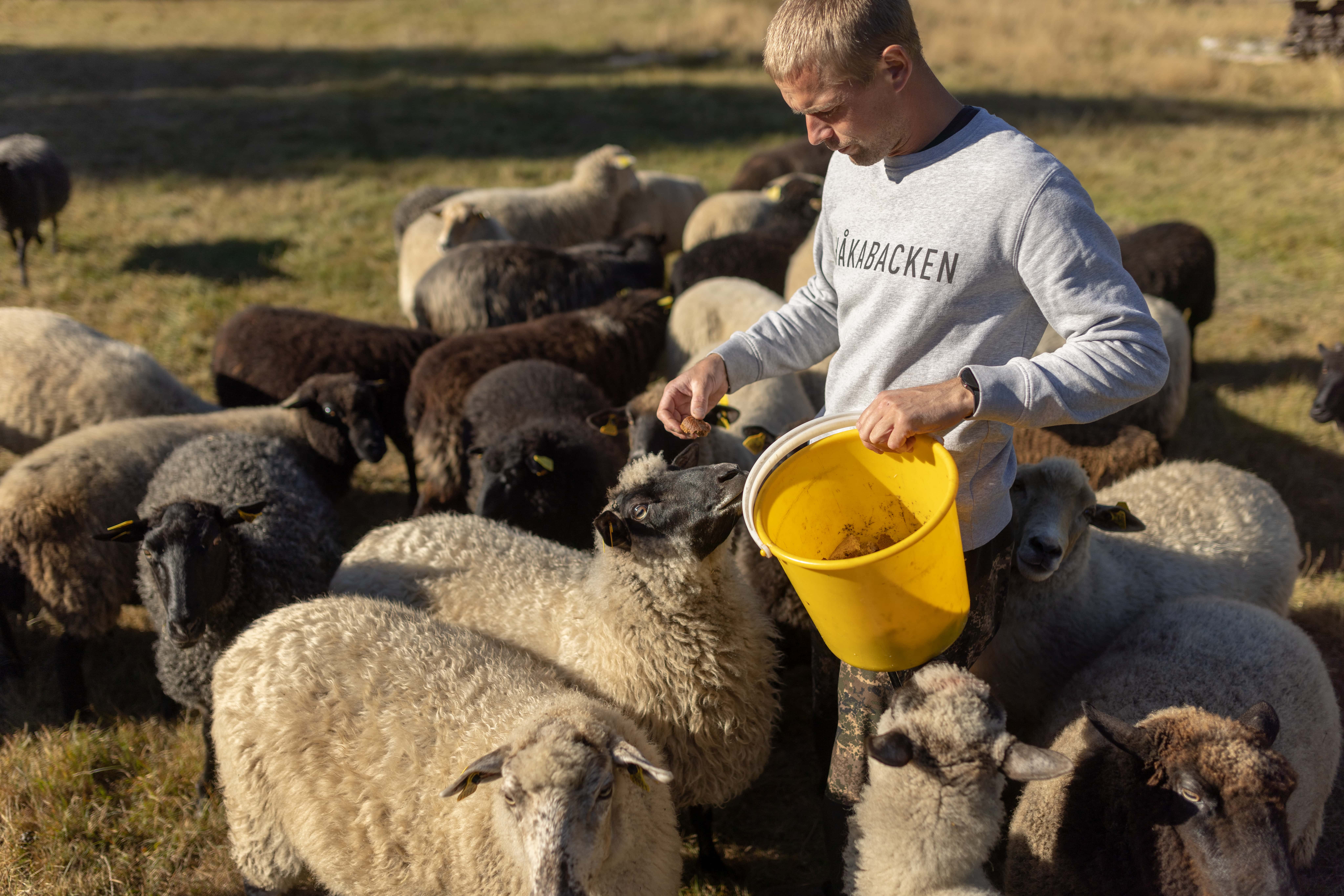
Estonian Swedes worked the land, herded livestock, or lived off the sea.
A piece of Scandinavia on the west coast of Estonia
Before the beginning of World War II, you could often hear Swedish alongside Estonian and German on the west coast of Estonia.
However, it was quite different from modern Swedish. If a modern Swedish speaker had found themselves among Estonian Swedes, they would not have understood much of what was being said. Estonian Swedes spoke a language that had developed by itself here on the edge of Estonia for 700 years.
Coastal Swedish women wore black pleated skirts, clearly distinct from the colorful striped skirts worn by Estonians. On Ruhnu and Vormsi, women still wore folk costumes daily well into the 1930s.
World War II upended life in Estonia for the Coastal Swedes. Between 1943 and 1944, most of the community fled the Soviet occupation to seek safety in Sweden.
Coastal Swede communities on the mainland
Haapsalu
Haapsalu is often called the capital of the Estonian Swedes, as their main settlements were found in the area. In addition to Coastal Swedes, Haapsalu has another connection to Sweden: Ilon Wikland, mainly known for her illustrations of Astrid Lindgren's books, spent her childhood here. Today you can visit Ilon’s Wonderland, a gallery and children's activity center. Fun fact: In 2025, Ilon turned 95!
To get an overview of the life and history of coastal Swedes, start at the Coastal Swedes Museum in Haapsalu. One of the museum's highlights is a 20-meter-long carpet embroidered for the King of Sweden's visit in 2002.

Photo author: Rivo Veber
Noarootsi Parish
Noarootsi, known in Swedish as Nuckö, became the center of the Coastal Swedes' community at the beginning of the 20th century, as important Estonian Swedish organizations were established there. There was a Swedish community college in Pürksi Manor in the 1920s and 1930s, where young Estonian Swedish people learned about modern agriculture and homemaking. Across the road from the Noarootsi Church is a pastorate, one of the oldest wooden buildings in Estonia.
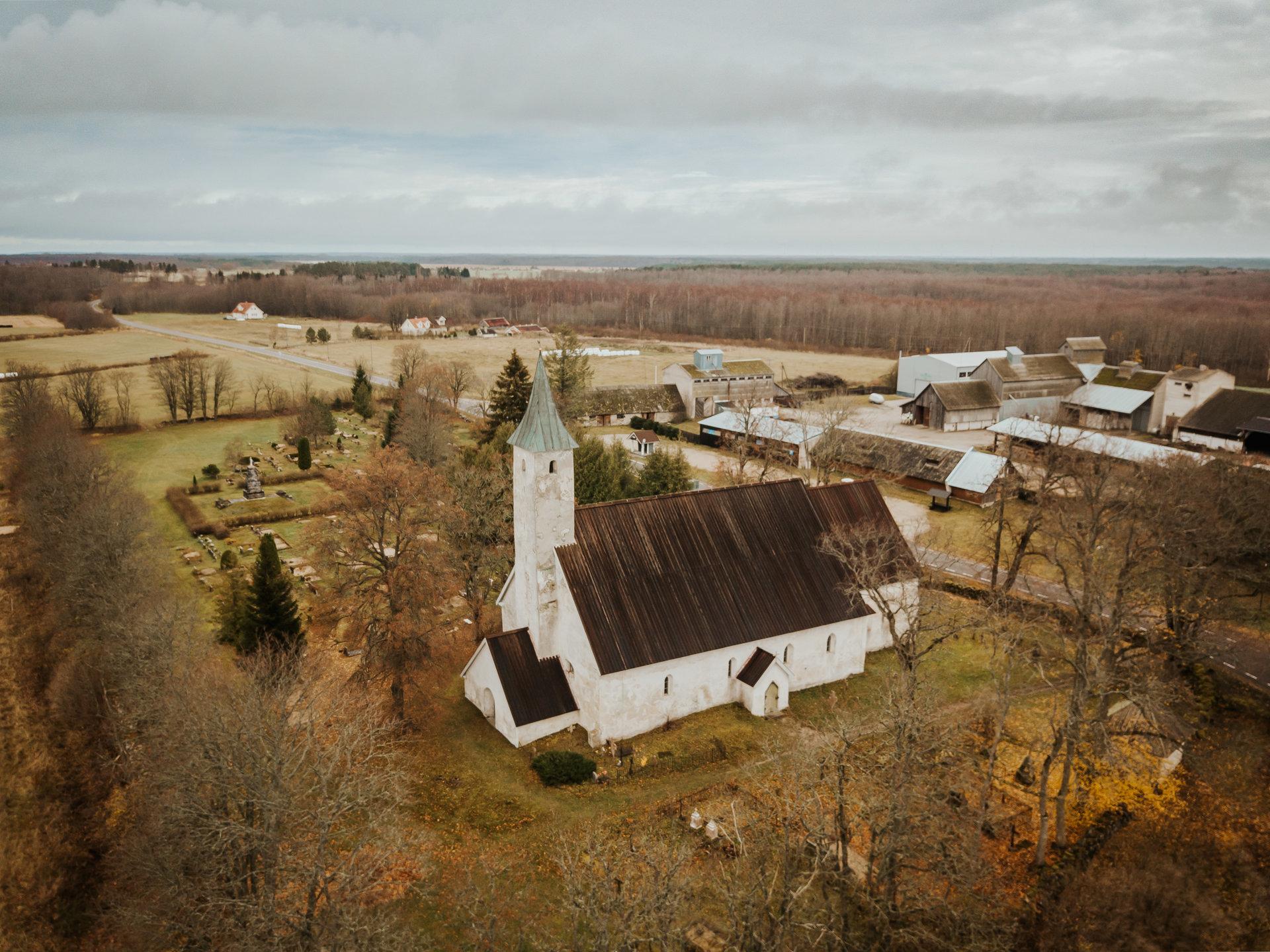
Photo author: Silver Raidla
Photo author: Priidu Saart
The islands
Vormsi
In the cemetery of Vormsi Island, known in Swedish as Ormsö, you can see sun crosses. There are more sun crosses (350) in Vormsi Cemetery than there are anywhere else in the world.
Between the medieval St. Olav's Church and the cemetery stands a memorial honoring those who fell during the Estonian War of Independence. It is one of the few memorials that was not destroyed during the Soviet occupation, probably because the text is written in Swedish and the soldiers who arrived on the island couldn't understand it.
In Sviby, you can learn about rural life on Vormsi at the farm museum.
Osmussaar and the Pakri Islands
In Swedish, Osmussaar is called Odensholm. According to legend, the ancient Scandinavian god Odin flew there to die. In 1939, the seven families who lived on Osmussaar had to give up their island as Soviet military bases were planned to be built there. Now their descendants have restored the ruins of the island's chapel so that they can hold sermons there in the summer.
As on Osmussaar, little remains of the Coastal Swedish settlements on the Väike- and Suur-Pakri (Stora- och Lilla Rågö) Islands. The islands were used as a training polygon for bombing during the Soviet occupation.

Photo author: Rivo Veber
Ruhnu
Ruhnu Island, or Runö, is closer to Latvia than to Estonia. According to legend, in the 1920s, the Ruhnu Swedes had to decide whether to be part of Estonia or Latvia. The deciding factors that tipped the scale for Estonia were seals and women: the people of Ruhnu were excellent seal hunters, and the best areas for that were in Estonia. Coastal Swedish areas, where you could go to find a wife, were also part of Estonia.
Despite the fact that Ruhnu Island is quite small, two churches stand side by side. The wooden church was built in the 17th century and is the oldest wooden church in Estonia. A stone church was built in the 20th century when the congregation needed more room. In the churchyard, you can find peculiar "roofed" crosses where a trained eye can tell whether a woman or a man was buried underneath it.
Ruhnu Museum houses quartz tools used by seal hunters up to eight thousand years ago and a seal gun.

Photo author: Ruhnu vallavalitsus
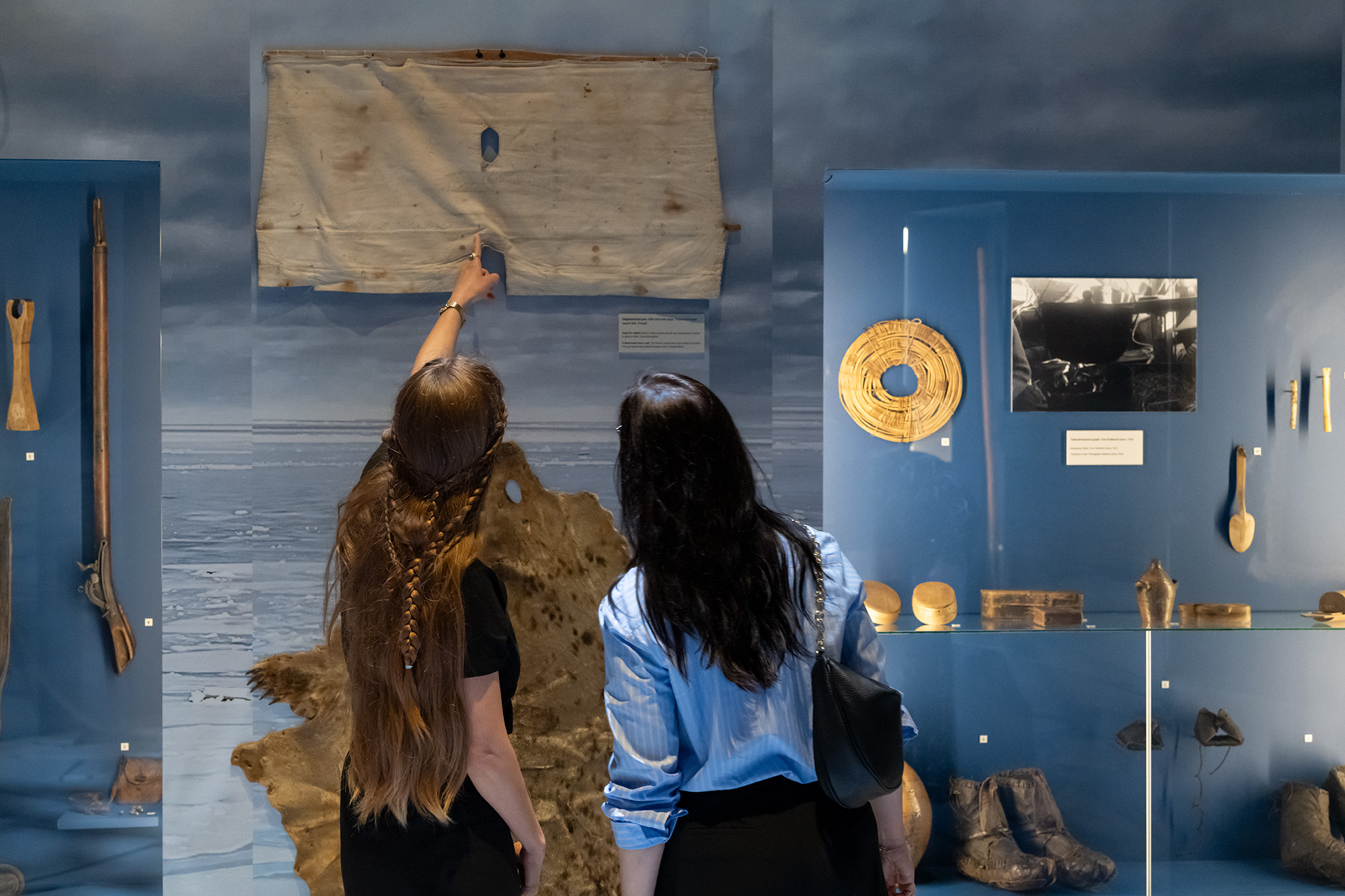
Where to learn more about Estonia's Coastal Swedes
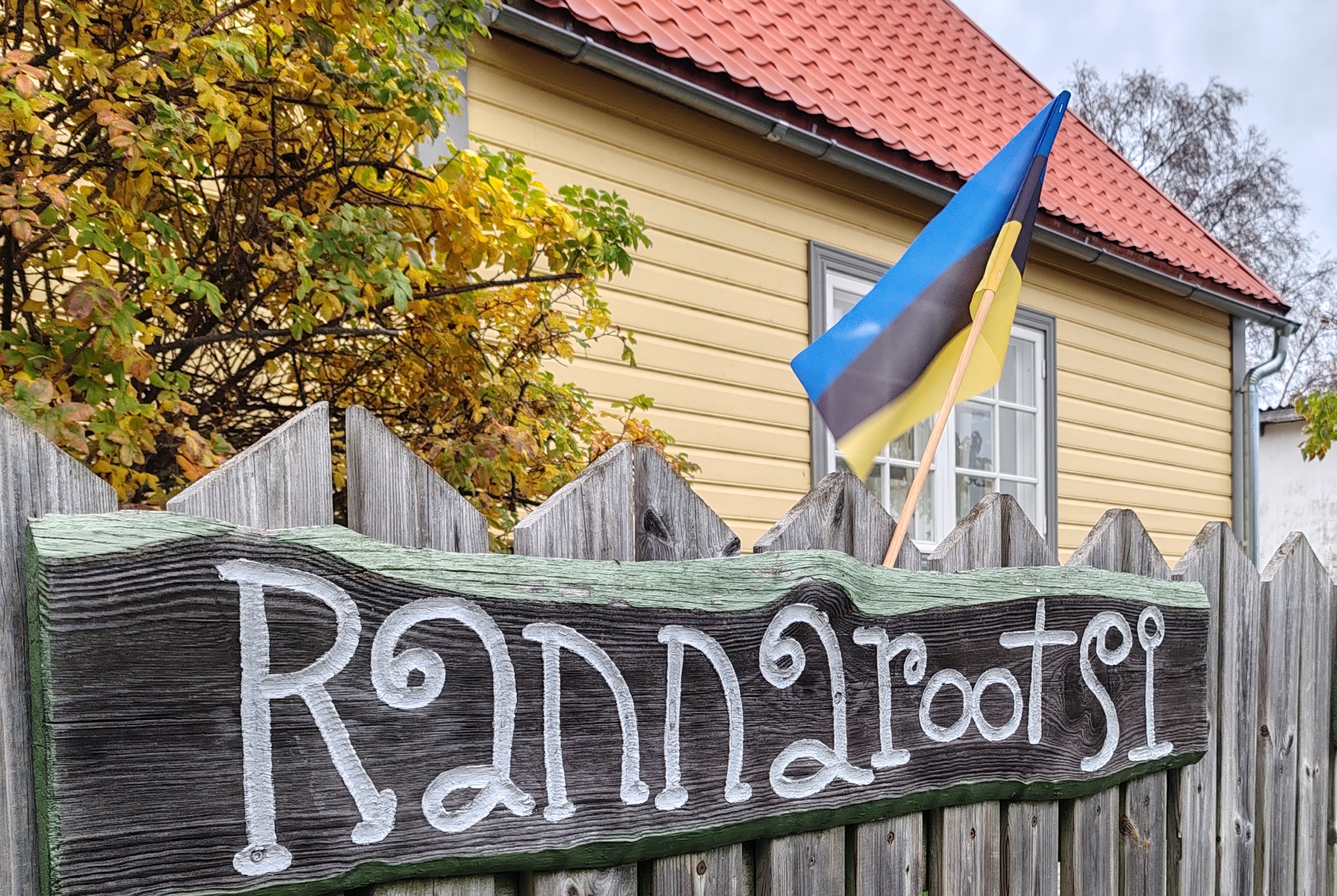
Food culture of the Coastal Swedes
Coastal Swedes were simple fishermen, herders, and farmers, though farming the rocky soil of the coast was difficult. What the fields produced was sold at markets in Stockholm, Turku, and Helsinki. Ruhnu Islanders were also known as seal hunters.
Coastal Swedes also made cheese. On the Pakri Islands, sheep's milk cheese was made and shaped in a small wooden mold.
Recipes from the region have been passed down from generation to generation, preserving local traditions and cooking methods. Stop by Dirham Fish Café to see what the sea has to offer and enjoy the view of Osmussaar (an island once inhabited by Coastal Swedes) in the distance.

Photo author: Ragne Värk
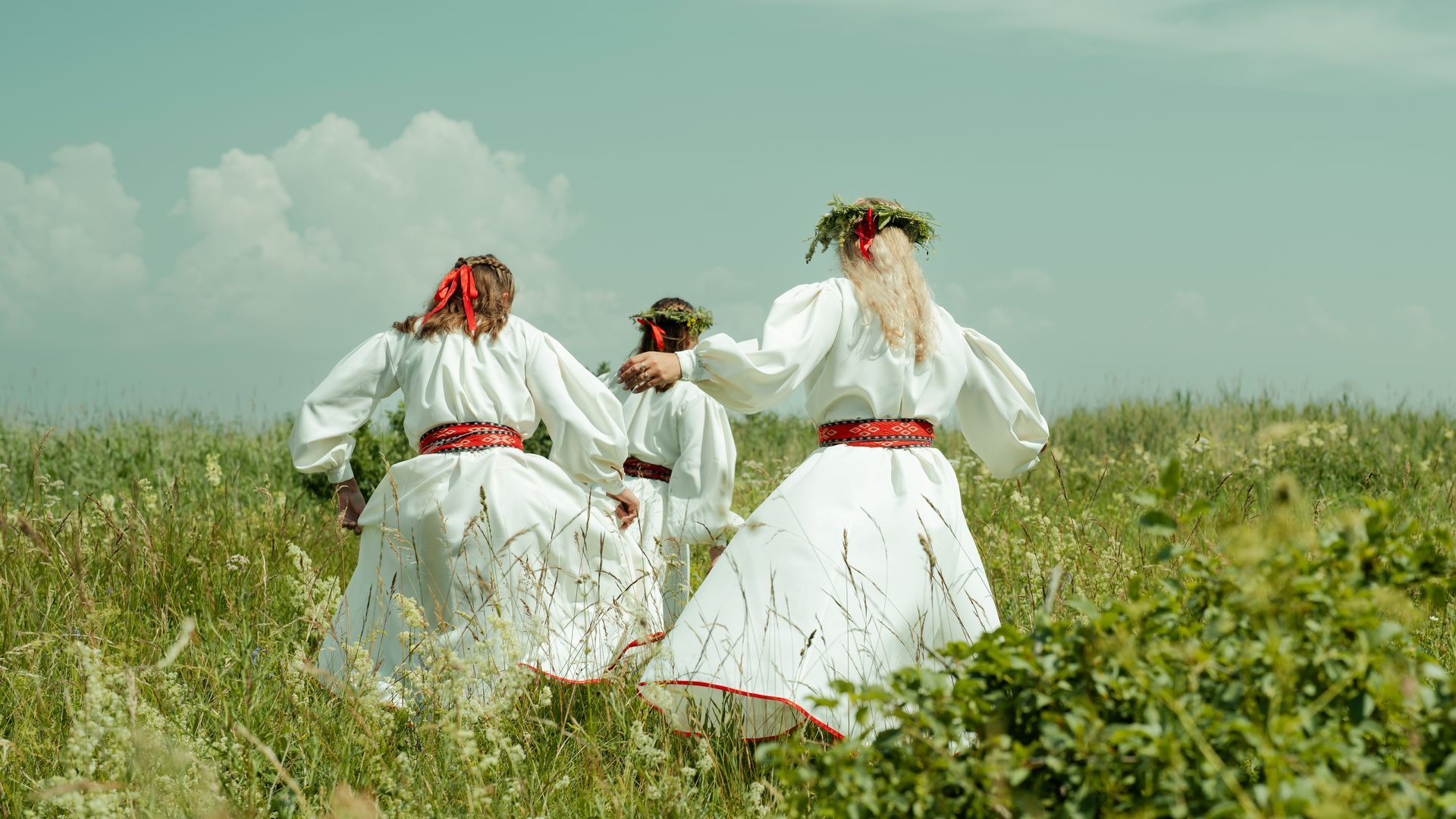
Start planning!
Use our interactive map to find destinations, discover new activities, and design a travel plan.
Get inspired
Last updated
30.12.2025
